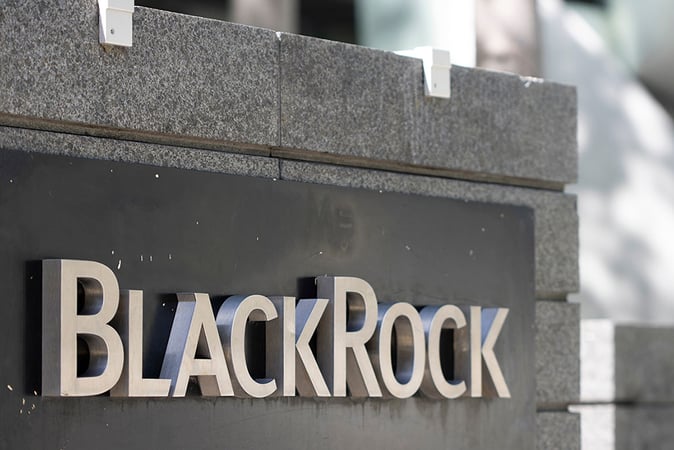
Ripple’s top engineer says more payments firms and stablecoin players are now building their own chains, and he thinks that matters for finance.
According to Ripple CTO David Schwartz, the move shows that many in the market now view blockchain as part of basic financial plumbing.
He wrote about this in a long post on X today, and he reminded readers that Ripple has been working on the XRP Ledger for more than 13 years.
Ripple XRPL Vs Permissioned Chains
Schwartz drew a clear line between chains that put control in a few hands and those that try to stay open. Based on reports, some newer networks use permissioned validators that give a small group or a single entity a lot of control.
That setup can help with compliance, he said, but it limits global reach and makes the network less robust.
By contrast, he argued, XRPL is public and permissionless by default, while also offering optional permissioned features for regulated use cases.
We’ve been seeing more and more players in the payments and stablecoins space launch their own blockchains. To me, that’s a clear sign the market sees blockchain as core financial infrastructure — something we’ve believed in and have been building toward on the XRP Ledger for…
— David ‘JoelKatz’ Schwartz (@JoelKatz) August 13, 2025
He pointed to a few concrete technical traits. XRPL has low and predictable fees, and it doesn’t require a separate gas token.
Users can pay transaction costs with XRP, and XRP serves as a bridge asset for cross-border payments. That, Schwartz said, makes the ledger practical for steady payment flows.
Those are the kinds of details institutions care about when they think about moving real money on-chain.
XRP market cap currently at $190 billion. Chart: TradingView
Proof Of Authority
Reports have disclosed that some newer chains are borrowing certain XRPL ideas. Schwartz called out deterministic finality and a consensus approach often labeled Proof-of-Authority (PoA).
He sees that as a sign the industry is aligning around the need for predictable settlement for financial deals. He also said XRPL’s long run of updates and fixes has helped build trust and adoption over time.
Building An Ecosystem Is Hard
Schwartz makes a point: launching a chain is tough, but creating trust, liquidity, real-world use and developers is even harder.
He said building an institution-friendly ecosystem takes steady work, not just a launch day. Based on his post, XRPL’s approach has been to keep the base ledger public while adding tools institutions can use when they need more control.
Schwartz said he’s excited about the next phase for Ripple XRPL. He expects upgrades that boost programmability, widen liquidity and add compliance-grade options for big players.
Featured image from L&T EduTech, chart from TradingView

Editorial Process for bitcoinist is centered on delivering thoroughly researched, accurate, and unbiased content. We uphold strict sourcing standards, and each page undergoes diligent review by our team of top technology experts and seasoned editors. This process ensures the integrity, relevance, and value of our content for our readers.














